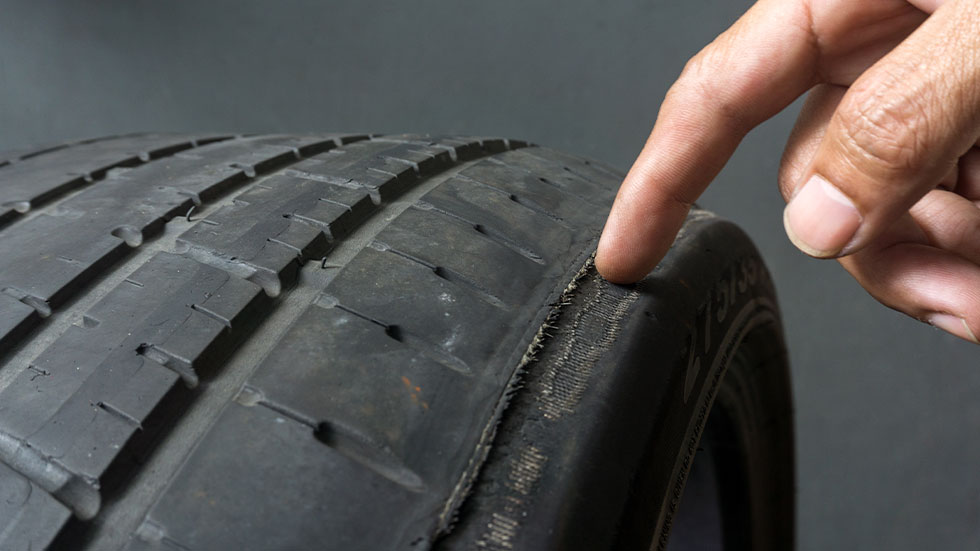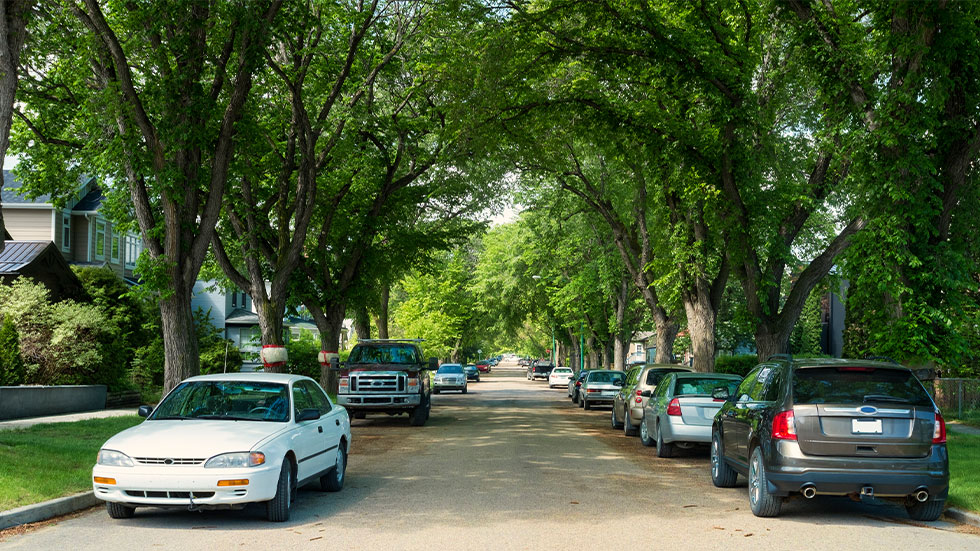Avoid These Common Car Maintenance Issues in Summer
How to protect your vehicle from a dead battery, overheating, tire damage and more


While frigid winter temperatures can wreak havoc on vehicles, the soaring heat of summer can be just as harsh—and in some cases, even harsher—on a vehicle. This is especially true when vehicle parts are worn or nearing the end of their lifespan.

Why is heat so bad for vehicles?
Intense heat during the dog days of summer can be hard on cars for many reasons, even though cars generally run more efficiently during summer months. On the upside, hot temperatures reduce fluid viscosity, allowing it to lubricate and cool more efficiently. Smoother moving parts also mean vehicles tend to burn fuel more efficiently, increasing miles per gallon. But on the downside, extreme heat can exacerbate a number of issues that cause parts to fail. Here are some common mechanical issues that occur during hot summer months.
Dead Battery
Blistering summer heat is much harder on car batteries than bitter-cold weather. Lead-acid car batteries contain fluid that can evaporate more quickly as temperatures climb, so if you live in an area that experiences extreme heat and/or your battery is more than three years old, sometimes all it takes is a hot day to leave you stranded with a dead battery.
Worn Wiper Blades
As with any rubber component, extended exposure to heat and cold will cause the rubber to expand and contract, eventually wearing out. As the rubber degrades, it can become brittle and crack, reducing your wiper blades’ effectiveness to clean your windshield. Instead, worn wiper blades will streak water and debris in smears across your windshield versus lifting and moving it away.
Overheating
The engine in your vehicle is cooled by your motor oil, but it also depends on your radiator, thermostat, and water pump to regulate and send coolant as you drive to keep from overheating. Hot temperatures add stress to these systems and, if any parts are faulty or compromised, can cause components to fail. Overheating can cause catastrophic damage to your engine. If your engine is overheated, you should turn it off and seek professional help immediately.

Tire Damage
Heat and intense UV rays from the sun can deteriorate rubber components, but tires have the added challenge of actually touching the surface of the road, which can have a temperature that soars well past 150 degrees Fahrenheit in some cases. This can wear treads down more quickly and cause the air temperature inside the tire to increase, putting you at more risk of a blowout if your tires are improperly inflated. Check your tire pressure at least once a month, adjusting it according to the psi specs listed on your tire’s sidewall.
Windshield Cracks
What may have started as a small chip or miniscule crack in your windshield can worsen as summer temperatures rise, particularly if you're accustomed to parking outside. The repeated expanding and contracting of the glass as temperatures cycle throughout the day can sometimes grow windshield cracks that may seem to spread overnight.
Electrical System Stress
The cold of winter may be harder on physical components in vehicles, but summer heat tends to stress the electrical systems more. Not only do we tend to drive our vehicles more during the summer, racking up the miles on road trips, but we also need to rely on accessories like air conditioning more. As we run these systems to stay cool, this more frequent use stresses our electrical systems and can cause failures in hoses, batteries, or other parts that are due for replacement.
Paint and Interior Aging
For drivers who park their vehicles outdoors, summer can be especially hard on paint, bodywork, and even the upholstery on seats or dashboards. Intense ultraviolet rays and extreme heat can lead to faded color, cracked surfaces, and/or peeling.
How to protect your car in summer
Taking a few simple precautions can help minimize summer heat’s damaging effects on your vehicle.

Parking Indoors or in the Shade
Parking your vehicle in a garage or shady area keeps your vehicle cool, reduces its exposure to harmful UV sunlight, and protects fluids from evaporation.
Regular Fluid Checks
It takes only a moment while you’re filling up with gas to take a peek under the hood and get a quick read on some of your vehicle’s vital fluids. Checking things like the oil and wiper fluid reservoir at gas stations also gives you the opportunity to top off fluids right where both are readily available.
Tire Pressure Checks
The air pressure in tires can fluctuate significantly based on ambient temperatures. Monthly pressure checks help reduce the risk of summer blowouts.
Whether you do it yourself or enlist the help of an expert technician at a AAA Approved Auto Repair Shop, preventive maintenance is the key to keeping your summer driving hassle-free.
